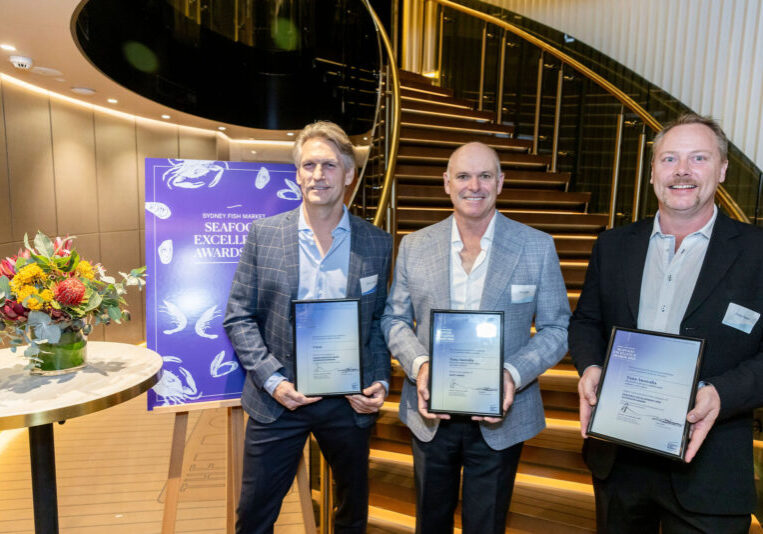Using tech to test safety of fishing equipment to protect workers
When longline fishers set their gear, every branchline must include a weighting system to meet regulatory requirements to prevent incidental seabird capture. Yet, the weighting system is a major danger faced by tuna longline fishers when hauling fish. If a hook comes out of a fish’s mouth or is bitten off during the battle, the weighting system recoils or flies back at the fisher at high speed.
To address this safety issue, Tuna Australia is researching the impacts of branchline flybacks and how to make fishing safer for crew. Recently, we headed to Tasmania to run flyback simulations in a high-tech lab as part of the ground-breaking research.
Tuna Australia Program Manager Phil Ravanello explains.
Tell us about the recent simulation work in Launceston, Tasmania.
In May 2024, we spent two days at our research partner's Australian Maritime College’s Launceston lab.
Using a flyback simulation jig developed by Tuna Australia and AMC, different branchline configurations were fired into a target area. The simulations were captured with ballistic impact cameras, recording at 2 million frames per second.
The simulation also tested two safety concepts that show promise to either block or deflect line weights from the danger zone where the crew stand to haul in lines. These include:
- A screen designed to absorb the impact of recoiling line weights
- A bar designed to deflect recoiling line weights away from the fisher.

Flyback bar assembly.
What was this work for?
It is part of our project funded by the Fisheries Research and Development Corporation, in partnership with the Australian Fisheries Management Authority, to research the safe and effective use of bycatch mitigation equipment.
A flyback is a dangerous workplace scenario where fishing gear tears out or is bitten off, resulting in line weights recoiling towards the fisher, sometimes resulting in minor or serious injuries.
We use the simulations to analyse how different branchlines recoil and the velocity and impacts they create, which vary according to the attached line weighting components required to sink baited hooks away from scavenging seabirds.
How does it build on previous simulations?
In June 2023, as part of the same project, we tested several mandated and novel line weighting systems. The results showed some line weighting and shielding devices create unacceptably high speeds or plastic-polluting effects and, therefore, should not be regulated or used by fishers.
This recent round of simulations tested more novel line weighting systems, including an improved weighted hook concept, and a double-weighted branchline. Branchline configurations currently regulated in the USA and NZ were also tested to compare their performance with Australian fishing gear.

Camera set up.
What outcomes will this research produce?
The test results are being analysed by the AMC.
Some of the tested branchline configurations caused significant damage to the target area, indicating clear and unacceptable risks to fisher safety. If the analysis confirms our initial views, the onus falls on regulators, government departments and environmental non-government organisations to accept responsibility for the harm inflicted on fishers for line weighting. Furthermore, any new line weighting devices or configurations must be rigorously tested for fisher safety before being used in the field.
Our research demonstrates that branchline configurations may be recommended to the regulator for use in the fishery, and safety screens and bars hold excellent promise for improving worker safety. However, further refinement is required for boat use.

Impact board.
How does this research contribute to greater safety for tuna fishers?
Global seabird mitigation research has rarely considered the impacts of line weighting on fishers’ safety.
Tuna Australia is leading research in tuna longline fisheries to address this serious research gap in branchline safety management. This work will benefit longline fisher safety around the world.
Tuna Australia expects that any proposals to alter branchline configurations will undergo safety testing before being considered for introduction into any longline fishery.



